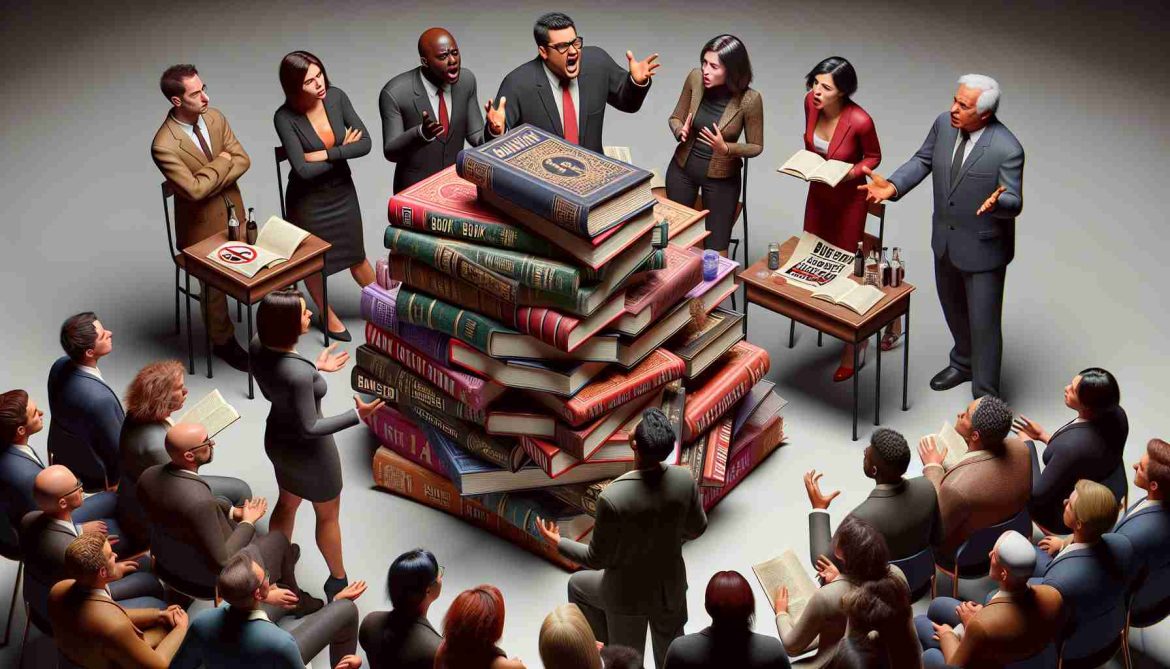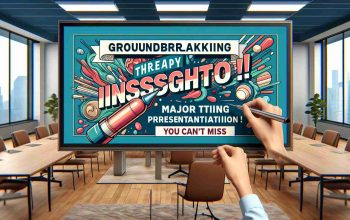Controversy erupted recently when a school district decided to remove several well-known books from its libraries in order to comply with a state law. Among the banned books were ‘The Bluest Eye,’ ‘The Handmaid’s Tale,’ and the popular children’s book ‘Wacky Wednesday’ by Dr. Seuss.
In a surprising turn of events, the district took action after the state legislature revised the Age Appropriate Materials Act to ensure that library materials are suitable for the students’ age and maturity levels. This led to the removal of any content containing nudity, sexual themes, violence, or other sensitive topics.
The decision has sparked a heated debate among parents, educators, and students, with some arguing that it infringes on freedom of expression and limits students’ access to diverse perspectives. Others support the move, citing the need to protect students from potentially harmful content.
The incident highlights the ongoing tension between censorship and intellectual freedom in educational settings. While some advocate for stricter guidelines to shield students from controversial material, others emphasize the importance of fostering critical thinking and open dialogue in school environments.
Overall, the book ban serves as a reminder of the complex challenges surrounding censorship and the ongoing efforts to balance educational objectives with societal norms.
The Controversial Book Ban: Unveiling New Perspectives
Following the recent uproar surrounding the removal of books in a school district, additional layers of complexity have emerged in the debate on censorship. While the previous article touched on the tension between protecting students and upholding freedom of expression, several critical questions remain unanswered.
Key Questions:
1. What criteria should be used to determine age-appropriate materials?
Answer: The issue of defining suitability based on age and maturity levels demands a nuanced approach that considers diverse perspectives and the educational value of the content.
2. How do schools balance the protection of students with the promotion of critical thinking?
Answer: Schools face the challenge of creating a safe learning environment while encouraging students to engage with diverse ideas and perspectives to foster critical thinking skills.
3. What role does parental involvement play in book censorship decisions?
Answer: The involvement of parents in discussions about book bans is crucial, as they have the right to be informed and voice their concerns about the materials available to their children.
Advantages and Disadvantages:
On one hand, enforcing stricter guidelines on library materials can protect students from potentially harmful content, ensuring a safe and supportive learning environment. This approach also aligns with the responsibility of educators to uphold moral and ethical standards.
However, such censorship practices may hinder students’ exposure to diverse viewpoints, limiting their ability to think critically and engage with complex societal issues. Overly restrictive measures could stifle intellectual growth and prevent students from developing empathy and understanding for perspectives different from their own.
The controversy surrounding the book ban underscores the delicate balance that schools must strike between protecting students and promoting intellectual freedom in educational settings.
For further insights into the complexities of censorship and intellectual freedom in education, visit the Education.gov website.



